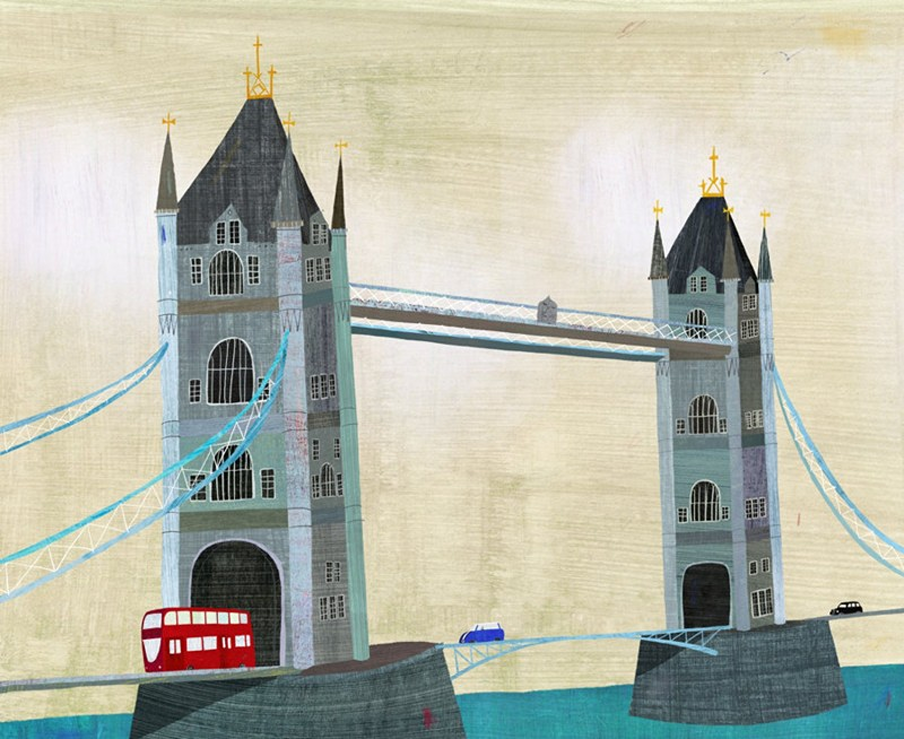Tower Bridge: A Magnificent Victorian Structure

Tower Bridge is a suspension bridge built in the late 1800s, to give people better access to the East End. Often confused with London Bridge (half a mile away), the urban (denied) legend is that an American (who bought a bridge to put in Arizona) bought the wrong one!
The bridge was originally built to allow ships to pass underneath, while letting walkers and cars pass overhead. It took almost 8 years to build and almost 500 workers.
Even today the bridge still opens for ships to pass. And visitors can watch all the action through the famed thick glass floors. Braille booklets are available for blind people to also enjoy all the action.
England’s Own Version of the Film ‘Speed!
In 1952, a double-decker bus began to slide, as the bridge accidentally opened.
Driver Albert Gunter saved everyone’s lives by making a split-second decision to accelerate to clear the opening gap (a bit like in the film Speed when the road wasn’t built). There were no serious injuries and to reward his bravery, he was awarded the princely sum of £10!
Next Door to the Tower of London

Designed to blend in beautifully with the nearby Tower of London (just 6 minutes walk away), Tower Bridge is made from steel (11,000 tons of it!) then glad in Cornish granite and Portland stone.
The Tower of London is actually a castle, where the crown jewels and coronation robes are kept. It’s also home to the famed ravens who have their wings clipped to stop them flying off (though the tower claims this is to keep them safe and well-fed, as they have never lived in the wild).
Less common than smaller crows, ravens have metallic feathers and wedge-shaped tails, often flying upside-down for fun. Young ravens drop sticks mid-air, to fly and catch them.
Located in the London borough of Tower Hamlets, the palace become infamous for housing people who would meet a grisly end. From poor Anne Boleyn (beheaded by her husband Henry VIII) to spies executed during World War I.
The last person to be executed here (by firing squad) was a Luxembourg-born German spy, who was captured after parachuting into the UK during World War II.






